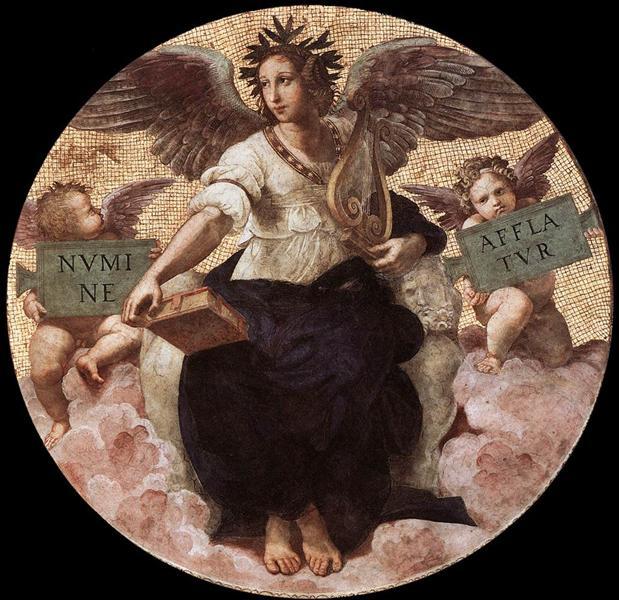April, lovely April.
Scraggly March with its lion’s entrance and lamb’s departure has at last taken a final bow, and April now steps to the stage. Associated with Aphrodite, the Greek goddess of love, and derived from the Latin “aperire,” meaning “to open,” April waves her magic wand and turns lawns from brown to effervescent green, brings bursting buds to the trees, and surrounds us with flowering azaleas, peonies, and daffodils. The winds blow warmer, the evenings grow longer, neighbors enjoy backyard chats, and pedestrians walk upright rather than hunched over in heavy coats and scarves.






